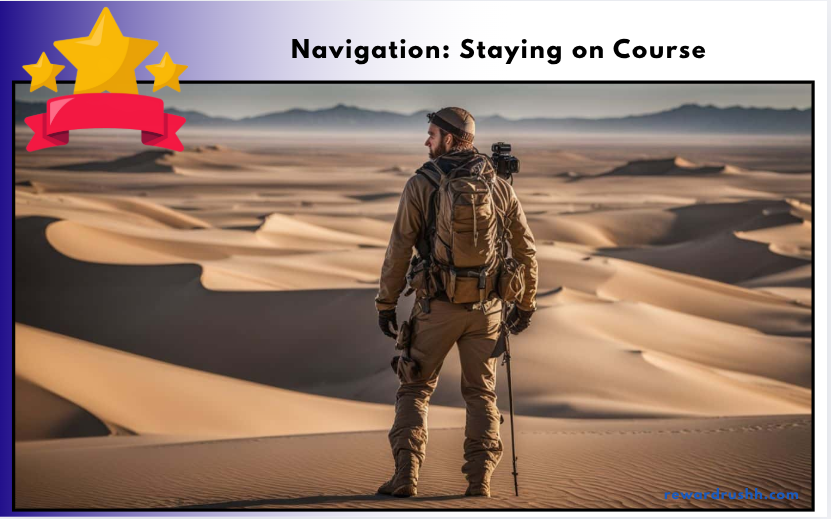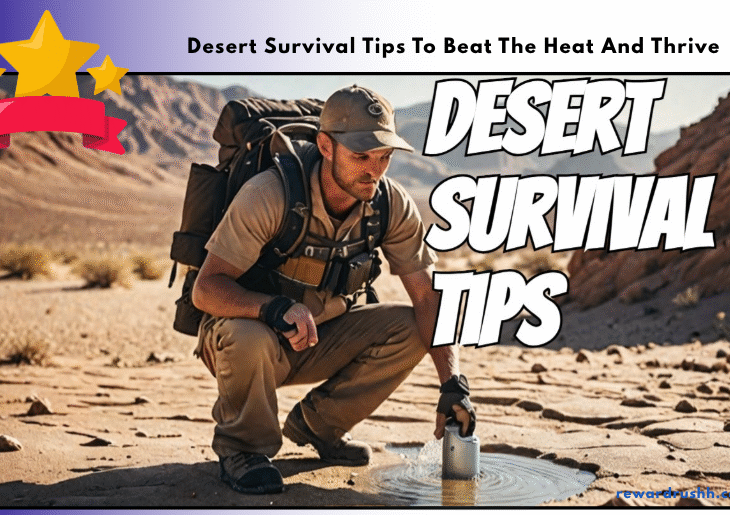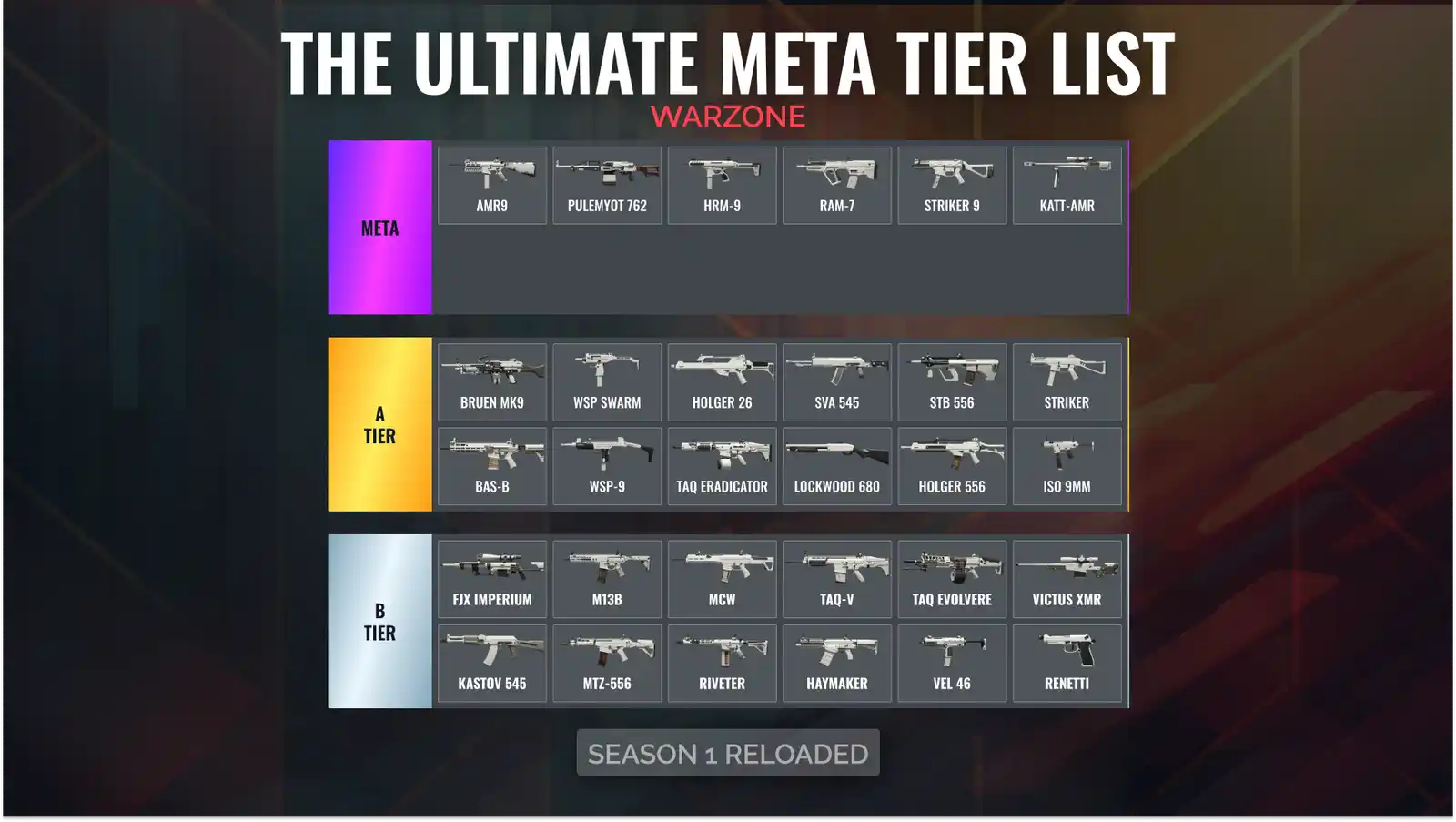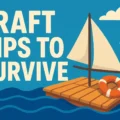Ever felt like your skin was slowly turning into beef jerky under the scorching sun? You’re not alone! Desert environments can be beautiful, but they’re definitely not forgiving.
Knowing how to handle the heat is crucial. This article will give you the desert survival tips you need to beat the heat and thrive, not just survive. We’ll cover everything from hydration strategies to building a makeshift shelter.
Hydration: Your Number One Priority
Staying hydrated in the desert isn’t just about drinking water; it’s about understanding how your body loses it and how to replenish it effectively. Dehydration can sneak up on you quickly in the arid landscape.
How Much Water Do You Really Need?
The general rule of eight glasses a day? Toss it out the window. In the desert, you need significantly more.
Aim for at least a gallon (about 4 liters) of water per day, and possibly more if you’re active. Remember, it is always better to overestimate than underestimate.
Finding Water in the Desert
Finding a water source can be tricky, but not impossible. Look for these indicators:
- Following animal tracks: Animals often know where to find water sources.
- Looking for green vegetation: Plants need water, so where there are plants, there may be a water source nearby.
- Digging in dry riverbeds: Even if the surface is dry, water may be just below the surface.
Water Purification Methods
Found water? Great! Now, make sure it’s safe to drink. Here are a few purification methods:
- Boiling: Bring the water to a rolling boil for at least one minute to kill harmful bacteria and viruses.
- Water Purification Tablets: Follow the instructions on the packaging.
- Solar Disinfection (SODIS): Fill a clear plastic bottle with water and leave it in direct sunlight for at least six hours.
Shelter: Protection From the Elements
The desert sun can be brutal during the day. The temperature can plummet dramatically at night. Shelter is essential for regulating your body temperature and conserving energy.
Building a Makeshift Shelter
Use whatever materials are available to you. Some options include:
- Natural rock overhangs: Offer immediate protection from the sun.
- Branches and foliage: Create a lean-to shelter by leaning branches against a sturdy structure.
- Sleeping in a hole or ditch: This can protect you from the wind and reduce your exposure to extreme temperatures.
Insulating Your Shelter
Insulation is key to trapping heat at night and keeping the shelter cool during the day.
- Use clothing, blankets, or anything else you can find to line the inside of your shelter.
- Pile sand or dirt against the outside walls to further insulate it.
Shade is Your Best Friend
Even a simple shade structure can make a huge difference. Create a shade canopy using a tarp, blanket, or even a large piece of cardboard.
Food: Fueling Your Body
While water is the immediate priority, food is also essential for sustaining your energy levels and mental clarity.
Foraging for Edible Plants
Knowing which plants are safe to eat can be a lifesaver. However, be absolutely certain of your identification before consuming any wild plant.
- Cactus fruit: Many types of cactus fruit are edible and contain valuable water.
- Agave: The heart of the agave plant can be roasted and eaten.
- Mesquite pods: These pods can be ground into flour or eaten whole.
Conserving Your Energy
The less energy you expend, the less food and water you’ll need.
- Avoid strenuous activity during the hottest part of the day.
- Travel at night when it’s cooler.
- Rest frequently and pace yourself.
Trapping Small Animals
If you have the skills and resources, trapping small animals like rabbits or rodents can provide a valuable source of protein.
Navigation: Staying on Course

Getting lost in the desert can quickly turn a bad situation into a deadly one. Knowing how to navigate is crucial for staying on course and finding your way back to safety.
Using a Compass and Map
If you have a compass and map, use them to navigate. Practice using these tools before you find yourself in a survival situation.
Navigating by the Sun and Stars
The sun and stars can be reliable guides, but you need to know how to use them.
- The sun rises in the east and sets in the west.
- At night, the North Star can help you determine your direction.
Reading the Terrain
Pay attention to landmarks and terrain features. These can help you stay oriented and avoid getting lost.
First Aid: Dealing With Injuries
Injuries can happen in any environment, but they can be particularly dangerous in the desert. Knowing basic first aid can help you treat injuries and prevent them from becoming life-threatening.
Treating Sunburn
Sunburn is a common problem in the desert.
- Apply sunscreen liberally and frequently.
- Seek shade whenever possible.
- Apply cool compresses to the affected area.
Treating Dehydration
Dehydration can lead to heat exhaustion and heat stroke.
- Drink plenty of water.
- Rest in a cool place.
- If symptoms are severe, seek medical attention.
Treating Snakebites and Scorpion Stings
Venomous creatures are common in the desert.
- Stay calm and avoid moving the affected limb.
- Apply a pressure bandage above the bite or sting.
- Seek medical attention immediately.
Mental Fortitude: The Key to Survival
Survival is as much a mental game as it is a physical one. Maintaining a positive attitude and staying focused can make a huge difference in your chances of survival.
Staying Positive
It’s easy to become discouraged in a survival situation. However, it’s important to stay positive and focus on what you can do to improve your situation.
Setting Small Goals
Break down the larger task of survival into smaller, more manageable goals. This can help you stay motivated and focused.
Practicing Mindfulness
Mindfulness can help you stay calm and focused in stressful situations. Take a few moments each day to practice mindfulness exercises.
Gear Essentials for Desert Survival
Having the right gear can significantly increase your chances of survival in the desert. Here’s a list of essential items to consider:
- Water bottles or hydration reservoir: Crucial for carrying ample water.
- Water filter or purification tablets: To make found water safe for drinking.
- Sunscreen and lip balm: Protection against the harsh sun.
- Wide-brimmed hat and sunglasses: To shield your face and eyes.
- Light-colored, loose-fitting clothing: Helps reflect sunlight and keep you cool.
- Navigation tools (compass, map, GPS): To stay oriented and on course.
- First-aid kit: For treating injuries and illnesses.
- Knife or multi-tool: A versatile tool for various tasks.
- Fire starter (matches, lighter, flint and steel): For warmth and cooking.
- Emergency shelter (tarp, bivy sack): Protection from the elements.
Conclusion
The desert can be a challenging environment, but with the right desert survival tips, you can beat the heat and thrive. Remember to prioritize hydration, seek shelter, conserve energy, and stay mentally strong. Every bit of knowledge and preparation helps.
What are your favorite desert survival strategies? Share your experiences and tips in the comments below!
FAQ Section
Q: How can I prevent heat exhaustion in the desert?
A: Prevent heat exhaustion by staying hydrated, seeking shade during the hottest parts of the day, wearing light-colored and loose-fitting clothing, and avoiding strenuous activity. If you start to feel dizzy, nauseous, or weak, stop what you’re doing and find a cool place to rest.
Q: What should I do if I encounter a snake in the desert?
A: If you encounter a snake, stay calm and slowly back away. Do not attempt to approach or handle the snake. If you are bitten, seek medical attention immediately.
Q: How can I build a fire in the desert with limited resources?
A: Look for dry tinder such as dead grass, leaves, or twigs. Use a knife or multi-tool to create small shavings of wood. If you have a fire starter, use it to ignite the tinder. If not, try using the friction method with a bow drill or hand drill. Be sure to clear a safe area around the fire and keep it contained.










